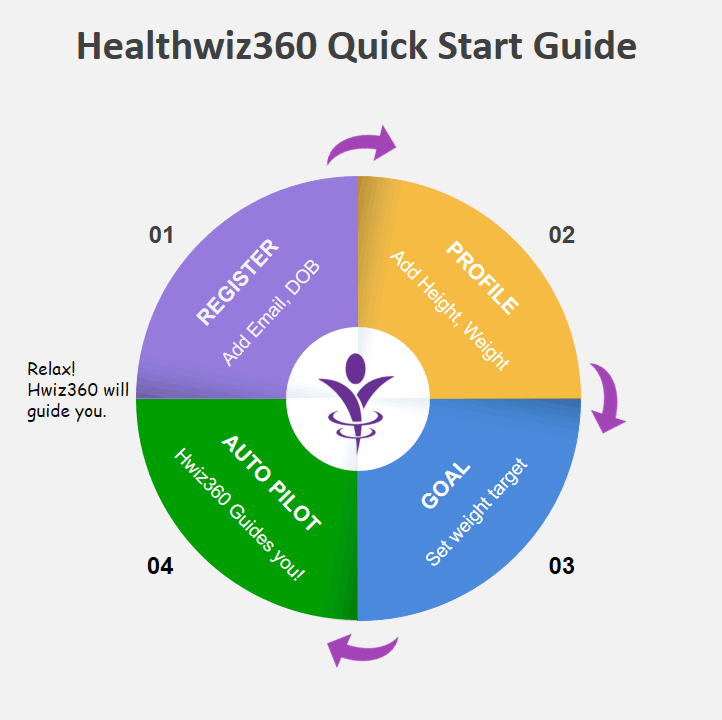

Strong shoulders are great blessings of God. You need to work hard and continuously in order to get the shoulders in a fit shape. Because the shoulder joint is one of the most vulnerable joints in the human body and has great importance in the fitness field. When these shoulders get injured, it feels so much pain, often unbearable. People are usually unaware of shoulder pain causes and are unable to detect them. While training, you suddenly start to feel pain in the shoulder. And the bad thing is that you cannot diagnose it. As you have to travel to the hospital. But not anymore, just read the methods to self-diagnose your shoulder pain.
Impingement
To perform this diagnosing process, you need to follow the wordings described below:
Space, where your rotator cuff tendons and shoulder bursa reside, becomes smaller when your arm is raised overhead and pushed to the limit. This space is generally known as the sub-acromial space. During this whole process, if you feel any pain in your shoulders, the test is considered positive. It means that the pain is due to the impingement of the tendons.
Biceps Tendonitis Test
For the tendonitis test of biceps, raise your affected arm ( shoulder) forward to the front. Now, turn your palm up while holding your arm out straight. In the end, your partner should then push your arm down while you attempting your best to resist.
And if you feel pain in your shoulders while acting resistance during your partner is pushing your arms, then bicep tendonitis is probably the main cause of it.
Labrum Tear
This test is time-consuming to perform. But it can probably tell the main cause of shoulder pain. The Labrum Tear test is divided into two halves.
The first test is the Apprehension test that is performed in the following way:
On the other hand, the second type of test is the Relocation Test. If you feel less relocation and the affected shoulder feels more stable rather than pain, it means that the relocation is not the issue. The main cause is something else.
Performing these tests will be enough to self diagnose your shoulder pain. However, if you are still unable to find the main cause, try AC Joint Separation, Rotator Cuff Tear, Supraspinatus Tear, and Frozen Shoulder.
Recent Posts
Exercises to Improve Your Mind and Body
Some Necessary Bodyweight Exercises You Must Do
Top Most Studied Genes In Human Body
Dealing With Stress in a Better Way
Essential Health Guides for a Healthy Life
Activities You Can Do To Stay Active This Summer
Healthy Habits For a Healthy Lifestyle
Some Effortless Tips To Manage Your Family
What Lifestyle Changes You Need To Do From Today
Blogs Archives